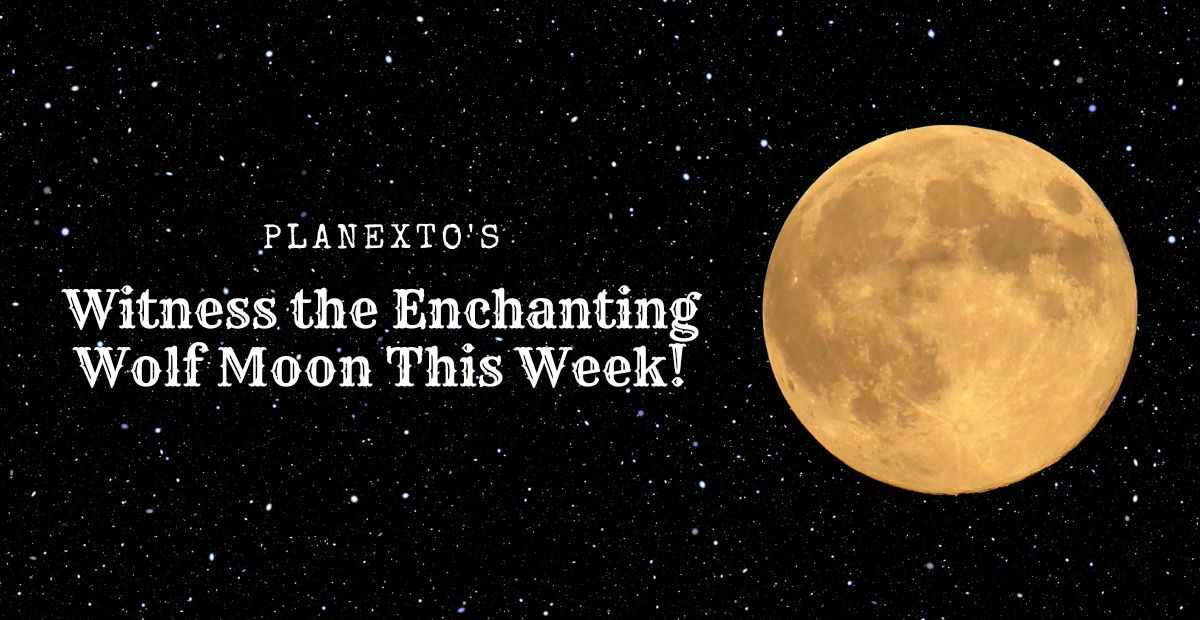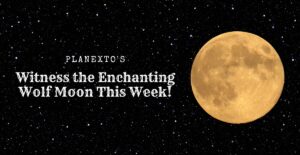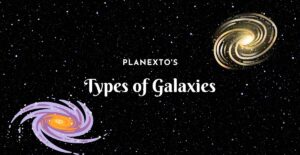Introduction
As the week unfolds, a celestial marvel is set to grace the skies, captivating North Jerseyans with its celestial allure. Brace yourselves for the enchanting “wolf moon,” an astronomical spectacle that promises not just the brilliance of the moon but the possibility of sighting up to five planets. Here’s an in-depth guide on when and how to witness this mesmerizing event, elevating your celestial experience.
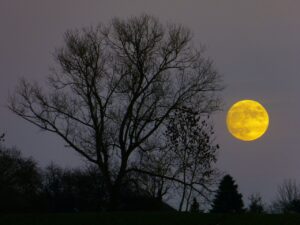
When and How: A Date with the Wolf Moon
Heralding the advent of 2024’s lunar display, will reach its full peak at precisely 12:54 p.m. on Thursday, as per the reliable Old Farmer’s Almanac. This celestial dance unfolds when the moon positions itself diametrically opposite to the sun, casting its luminous glow upon the night sky.
Planetary Parade: A Stellar Bonus
Beyond the grandeur of the wolf moon, residents of North Jersey are in for an extra treat. Astronomy enthusiasts suggest that, during this lunar spectacle, up to five planets may grace the sky. The astronomical lineup includes the majestic Saturn and Jupiter, visible shortly after sunset on Thursday. The following morning, Venus, Mercury, and Mars will all rise at 5:11, 6:05, and 6:09 a.m.
Unveiling the Wolf Moon: Tradition and Lore
The term “wolf moon” is not merely astronomical jargon; it carries a rich tradition. Coined by the Old Farmer’s Almanac, it designates the first full moon of January, a time when wolves are often heard howling more frequently. This term encapsulates the mystical connection between nature’s rhythms and celestial phenomena.
A near-full moon sets with a view of the Anderson County Courthouse, 11 hours before the official rising of the Full Wolf Moon around 6 p.m., light begins to shine for the day as the morning breaks though in Anderson, S.C. Friday, January 6, 2023.
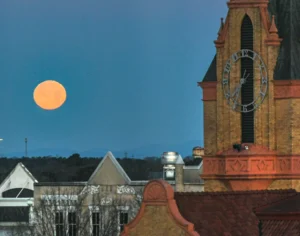
Native American Perspectives: Cold Moon and More
Diverse Native American tribes have bestowed alternative names upon January’s full moon, each echoing the frigid essence of the season. Among these monikers are “center moon,” aligning with the moon’s central position in winter, and evocative names like cold moon, frost exploding moon, freeze-up moon, and severe moon.
Celestial Calendar: More Wonders Await
As we delve into 2024, the wolf moon is but the herald of a series of celestial wonders. Brace yourselves for the snow moon, the second full moon of the year, rising on Feb. 24. March 25 will witness a penumbral lunar eclipse, where the full moon grazes the outer region of Earth’s shadow, adding another layer of celestial drama.
The Grand Finale: Total Solar Eclipse
Remember to put April 8 on your calendars for the big event: a total solar eclipse. This celestial extravaganza promises to transform the day into an “eerie twilight,” according to a 2023 preview. While New Jersey may miss this cosmic spectacle, the eclipse’s path will traverse the United States from Texas to Maine, creating an awe-inspiring display visible in New York and Pennsylvania.
The April total solar eclipse stands as the most significant since August 2017, marking a celestial crescendo before a hiatus until 2044, making it an unmissable event for avid stargazers and celestial enthusiasts alike.
FAQs
Q: What is the significance of the Wolf Moon?
A: It holds cultural and astronomical importance, symbolizing nature’s cyclical patterns and influencing various traditions.
Q: Can the Wolf Moon turn wolves into werewolves?
A: No, the werewolf myth is rooted in folklore, and there is no scientific evidence linking the Wolf Moon to werewolf transformations.
Q: Are there specific rituals associated with the Wolf Moon?
A: Yes, cultures worldwide have rituals and celebrations tied to the Wolf Moon, ranging from ceremonies honoring nature to communal gatherings.
Q: Can I witness the Wolf Moon from any location?
A: Yes, It is visible globally, offering a celestial spectacle for observers across different latitudes.
Q: How often does the Wolf Moon occur?
A: It graces the night sky once a year, marking a unique and awe-inspiring lunar event.
Q: Are there any superstitions related to the Wolf Moon?
A: While not universal, some cultures have superstitions linked to the Wolf Moon, often rooted in ancient beliefs about lunar influences.
